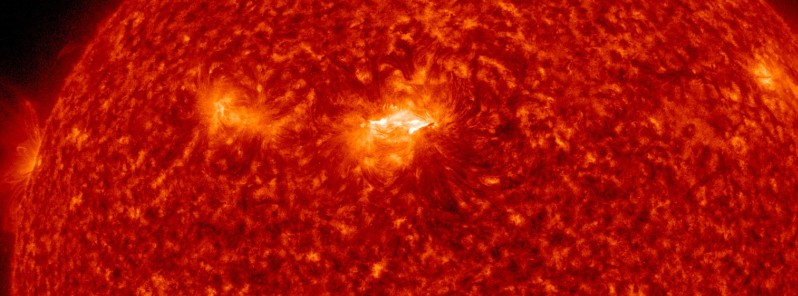MSN
www.msn.com

Long-duration M1.1 solar flare erupts from AR 2936, impact expected on February 1 or 2
Solar activity reached moderate levels in 24 hours to 00:30 UTC on January 30, 2022, due to a long-duration M1.1 solar flare at 23:32 UTC on January 29 from Region 2936 (N17E05, Dkc/beta).
Anyone who has an interest in subjects like global warming effects, natural disasters, extreme weather, near-Earth asteroid passings or space weather should periodically check the website watchers(dot)news. The second link above is from that site.
Currently it takes about eight minutes and 15 seconds for light from the sun to reach the Earth, close to fifteen seconds less that the maximum time. Solar flares do not travel at the speed of light.
Earth is closest to the Sun in early January, and farthest away in early July, (about 91.5 and 94.5 Million Miles; 145-150 Million Kilometers). Students in school are usually taught that the Sun is 93 Million Miles away from the Earth; that's the average distance, and literally true in early April and October.
Last edited:






